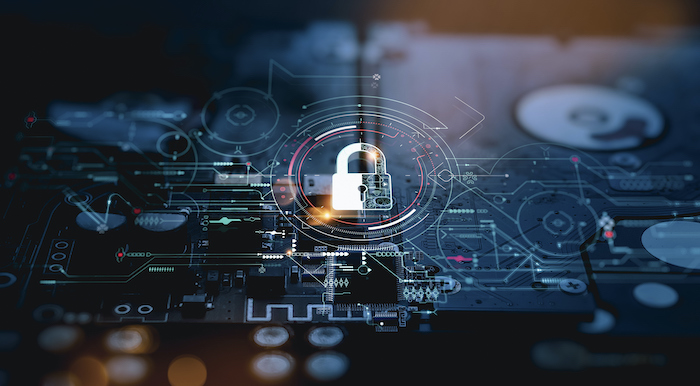When organizational leaders meet to discuss the future of information technology, they spend time focusing on the future of emerging technologies such as AI and the Metaverse. Lost in the shuffle of emerging technologies is cybersecurity, which not only should be a prominent topic for discussion among business leaders, but the future of cybersecurity should be the primary focus of discussion.
Cybercriminals use the most sophisticated techniques ever used to gain access to sensitive data, as well as entire computer networks. The frequency of cyberattacks has increased as well. CIOs need to take several steps to prepare their organizations for potential threats, including conducting risk assessments, implementing security technologies, and developing a comprehensive cybersecurity strategy.
Planning for the future of cybersecurity today ensures a much tighter digital security program for your organization tomorrow. Let’s review the ways CIOs should prepare their organizations for the future of cybersecurity.
Conduct Cybersecurity Audits
To improve the level of cybersecurity protections for your organization, you first have to assess risks by conducting regularly scheduled audits. Conducting weekly cybersecurity audits can detect data breaches, while a more comprehensive audit conducted once a month can put your company’s IT network through much more thorough tests. The goal of any type of cybersecurity audit is to discover where in the IT network your organization is the most vulnerable to falling victim to cyberattacks.
The CIO should establish the direction of each audit, with a focus on the most urgent technical issues.
Put Up a Firewall
This step seems like a no-brainer, but you might be surprised to learn the number of businesses and nonprofit organizations that have failed to secure their IT networks by putting up a firewall. You have many options to select a vendor to help your company establish an impenetrable firewall. The key is to find a vendor that has the experience to adapt a firewall to your type of business, as well as update your security software to meet the ever-changing developments of new cyber threats.
If your organization does not address new cyber attacks immediately after you discover them, you run the risk of losing highly sensitive data and other proprietary information.
Teach Employees About the Best Cybersecurity Practices
Cybersecurity is not just an initiative, but instead, CIOs should treat cybersecurity as an integral part of the organizational culture. Employees should learn how to protect sensitive data and proprietary information by following a few simple tips. Tactics like phishing and waterholing take advantage of the human element because humans are much easier to exploit and manipulate than the security features built around a business IT network. CIOs should hold training classes to explain what new dangers lurk in cyberspace, as well as how employees can recognize them to prevent cyberattacks.
Organizations should make cybersecurity training one of the components of the new employee onboarding process as well.
Prevent Disgruntles Employees from Committing Cyberattacks
A substantial number of cyber attacks originate from disgruntled former employees that continue to have access to a company’s IT network because the company did not clean up the login information. Because of the growth in the number of mobile devices, it does not take long for a disgruntled employee to share your organization’s most sensitive data with thousands of strangers. Using a password manager can prevent disgruntled former employees from using the same login information. You also should create processes that automatically remove former employees from all databases on the day after their last day of work.
Implement the Best Practices for Passwords
Hackers often gain access to private computer networks by discovering simple passwords. A password manager can produce different login information for each website, as well as make it easier to share the information with all employees. If your organization experiences a data breach, have a system in place that automatically erases old passwords and requires employees to develop new passwords that conform with two-factor authentication (2FA) protocols. 2FA requires users to present two forms of identification to gain access to IT network resources.
Outsource IT Services
Managing network security initiatives can overwhelm an entire IT department, especially for smaller organizations. A company that specializes in managed IT services can alleviate some of the cybersecurity workload, such as providing network monitoring 24 hours a day, seven days per week. You can outsource the establishment of automatic device updates, as well as hire a managed IT services company to address employee questions when it comes to cybersecurity initiatives.
The Bottom Line: Take the Time to Practice Cybersecurity
Do you remember the fire drills you had back in high school? Teachers and administrators followed a plan to get every student and employee out of the building as quickly as possible. To combat the surge in the number of cyberattacks, CIOs should develop a “fire drill” type program to help employees learn how to respond promptly to data breaches. For all the preventive measures your organization implements to fight back against cyber criminals, you can expect at least one attack to compromise sensitive data and proprietary information.
Knowing how to respond to cyberattacks should minimize the damage.
Additional Cybersecurity Resources
Endpoint Security: What it is and Why it’s Important



0 Comments